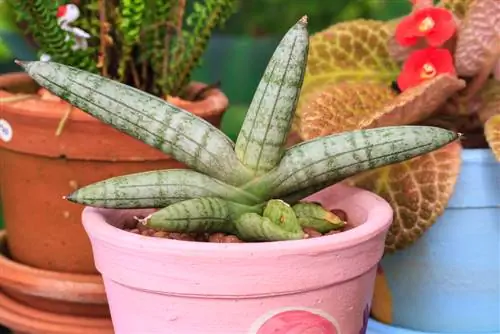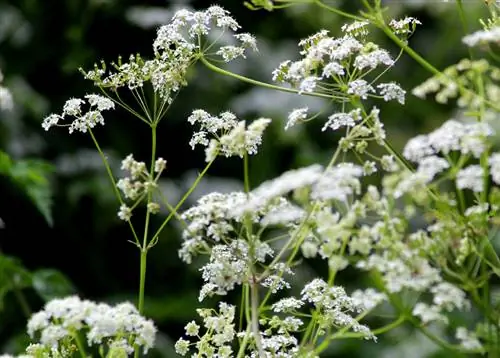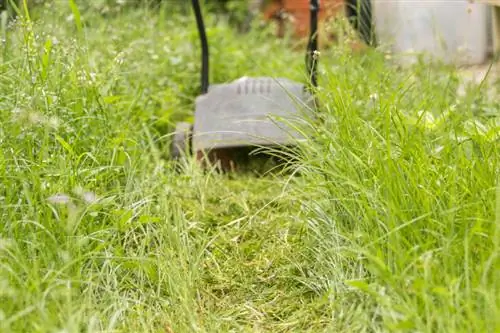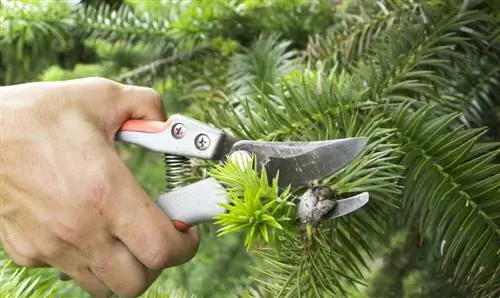- Author admin [email protected].
- Public 2023-12-16 16:46.
- Last modified 2025-01-23 11:21.
Even though Sansevieria cylindrica can grow quite large, you should not use a knife to shorten the leaves. Bow hemp does not tolerate cutting particularly well. When is cutting necessary and what do you have to consider?
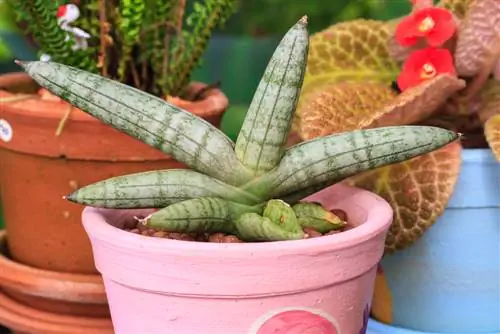
Can you cut Sansevieria cylindrica?
Sansevieria cylindrica should not be cut as the plant becomes unsightly at the cuts and can develop diseases. Only cut off diseased leaves at the base and use leaf cuttings or division of the root ball for propagation.
Do not cut the leaves of Sansevieria cylindrica
A Sansevieria cylindrica can grow quite large. The cylindrically shaped leaves can reach a height of up to one meter if well cared for. You should take this into account if you want to grow this variety of bow hemp. You are not allowed to cut back the leaves. What do you need to consider when cutting bow hemp:
- Do not cut he althy leaves
- separate diseased leaves at the base
- Cutting leaf cuttings
- Separate root balls
If you cut the leaves of Sansevieria cylindrica, the plant quickly becomes unsightly. It dries up at the interfaces. In addition, germs and bacteria can penetrate through the open areas and cause the bow hemp to die.
If you still have to cut off a leaf because it has dried out, place the knife at the very bottom at the base.
Propagate Sansevieria cylindrica via cuttings or division
Sansevieria cylindrica is very easy to propagate. Propagation doesn't just work from seeds, you can also cut leaf cuttings or simply divide large plants.
To obtain leaf cuttings, cut a leaf from the plant at the base. Divide it into individual pieces 10 to 15 cm long. Allow the interfaces to dry before placing them in prepared pots with potting soil (€6.00 on Amazon).
Propagate Sansevieria cylindrica even easier and faster by dividing it. To do this, take the plant out of the pot. Cut the root ball in half with a knife or remove side shoots that are already rooted. The sections are placed in fresh substrate and cared for like adult plants.
Be careful when cutting
The sap of Sansevieria cylindrica contains saponins, which can cause symptoms of poisoning. Always wear gloves when cutting.
When cutting, use a clean, sharp knife to avoid tearing the plant at the cuts.
Tip
Sansevieria cylindrica is very undemanding in care. The plant grows very slowly and therefore rarely needs to be repotted.

